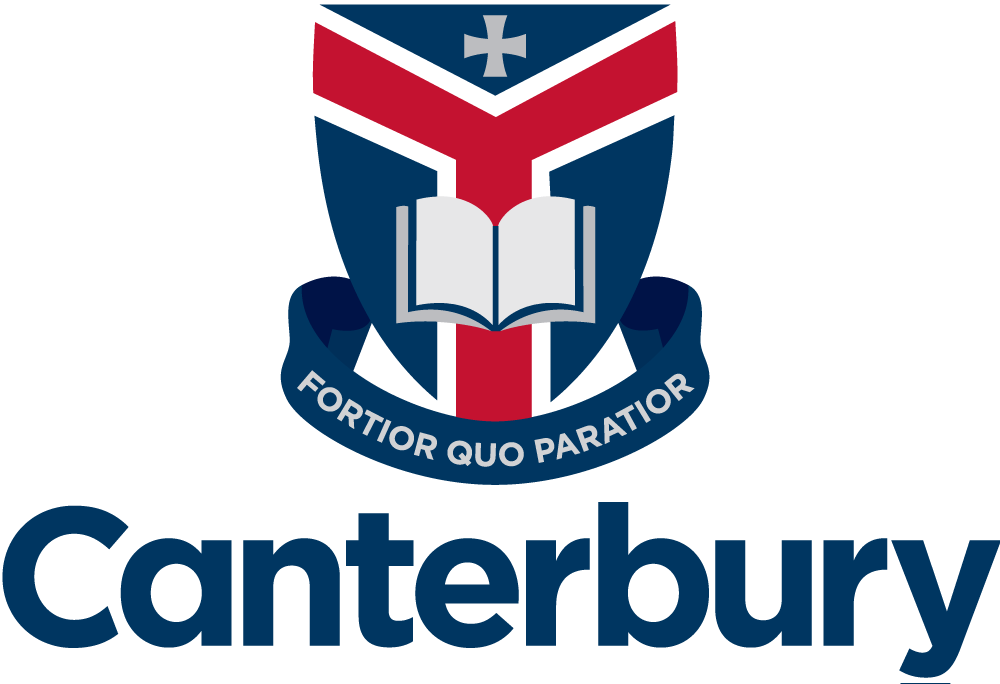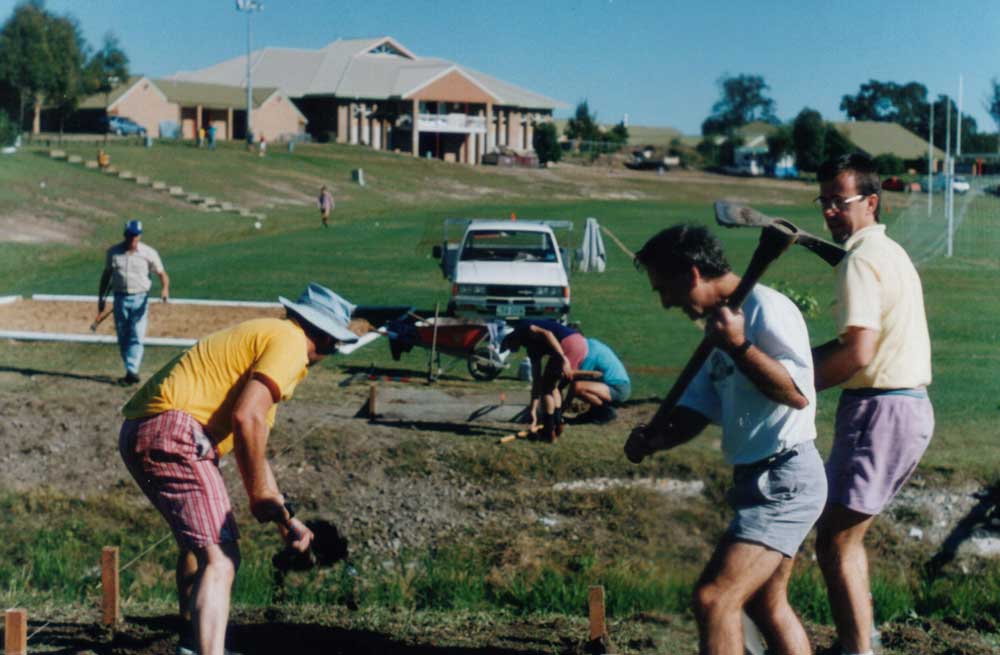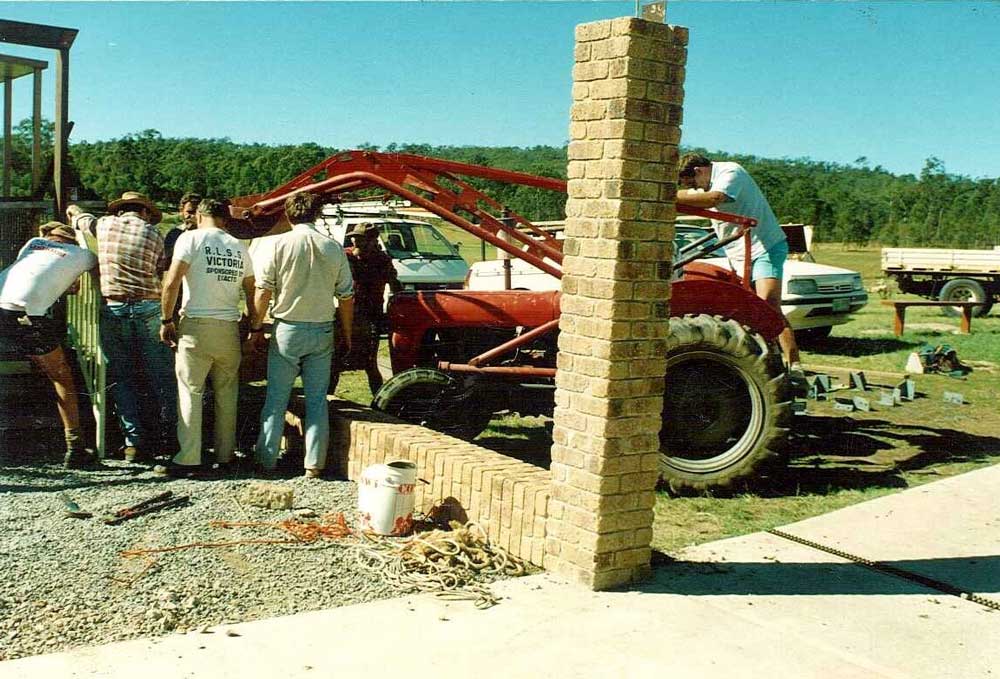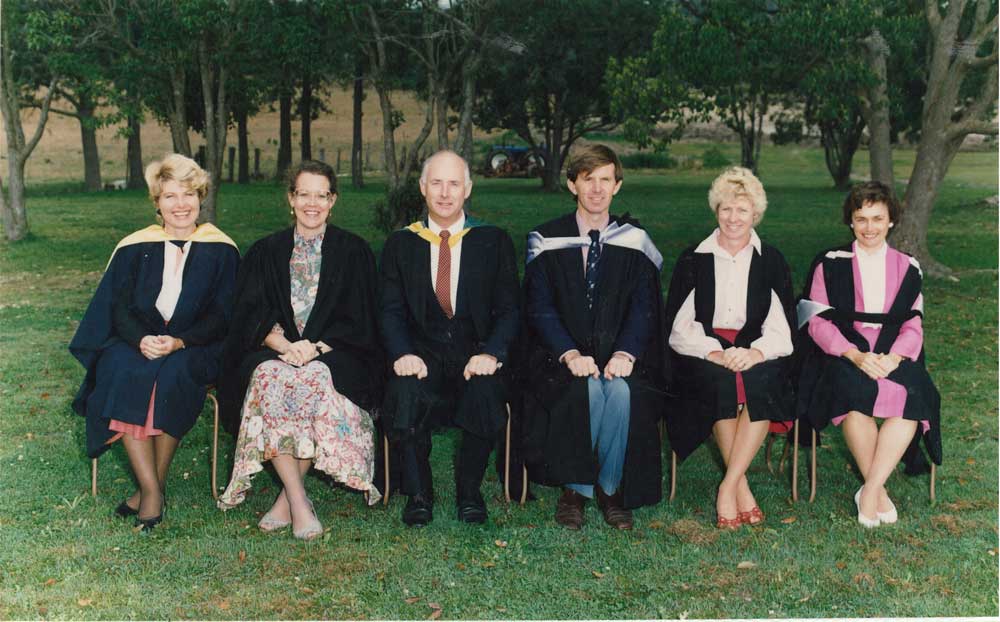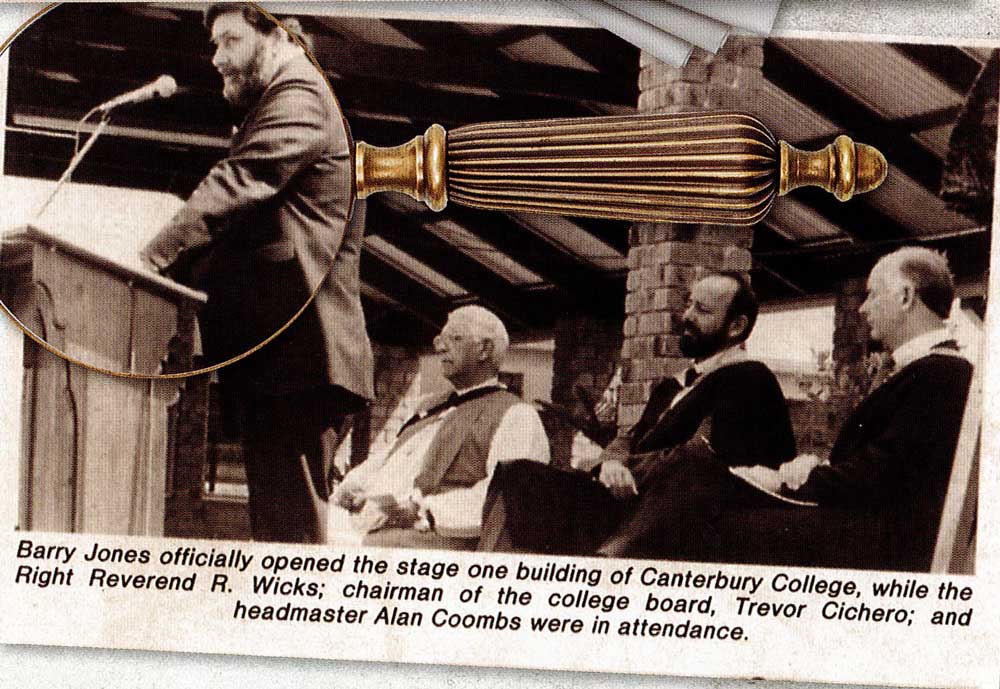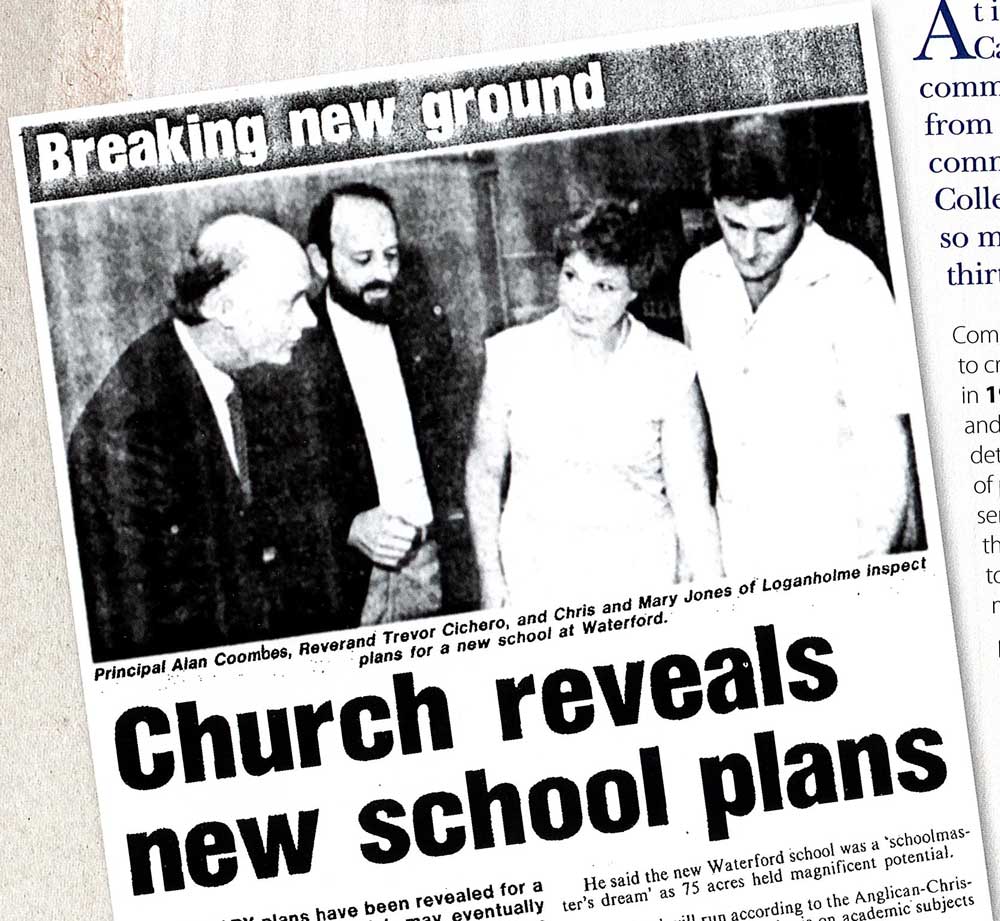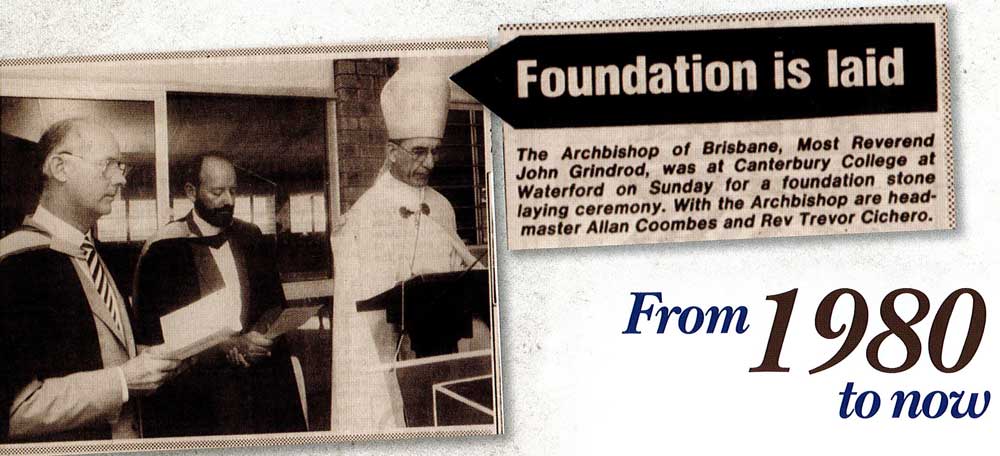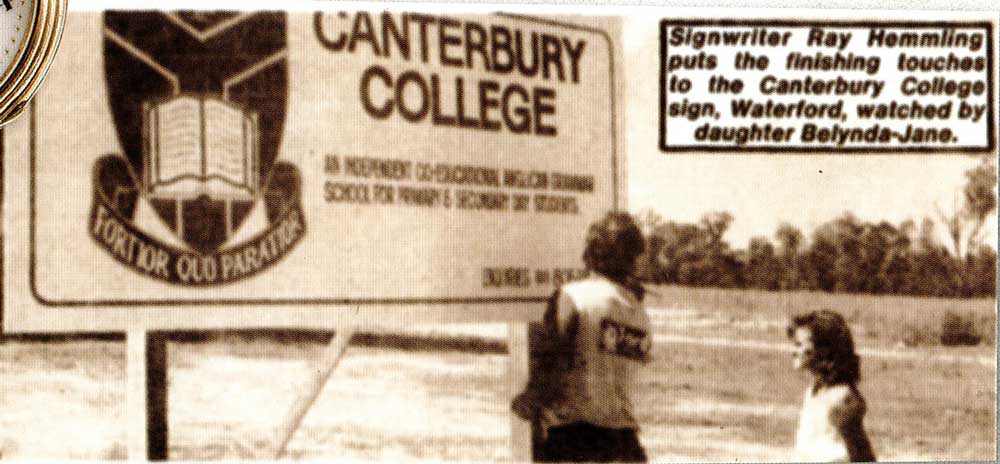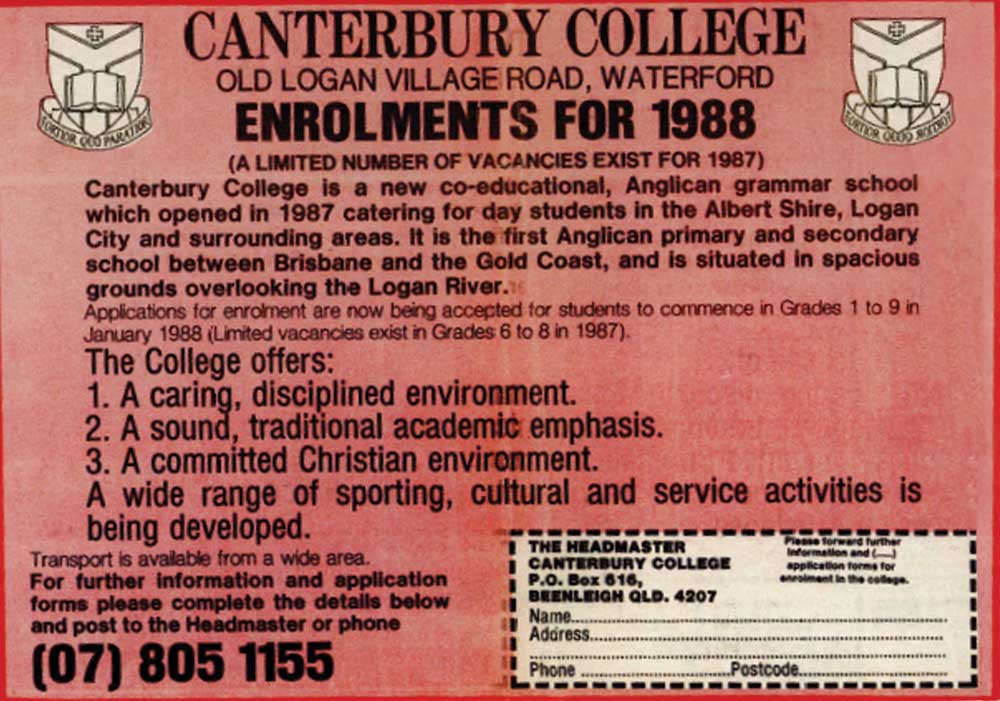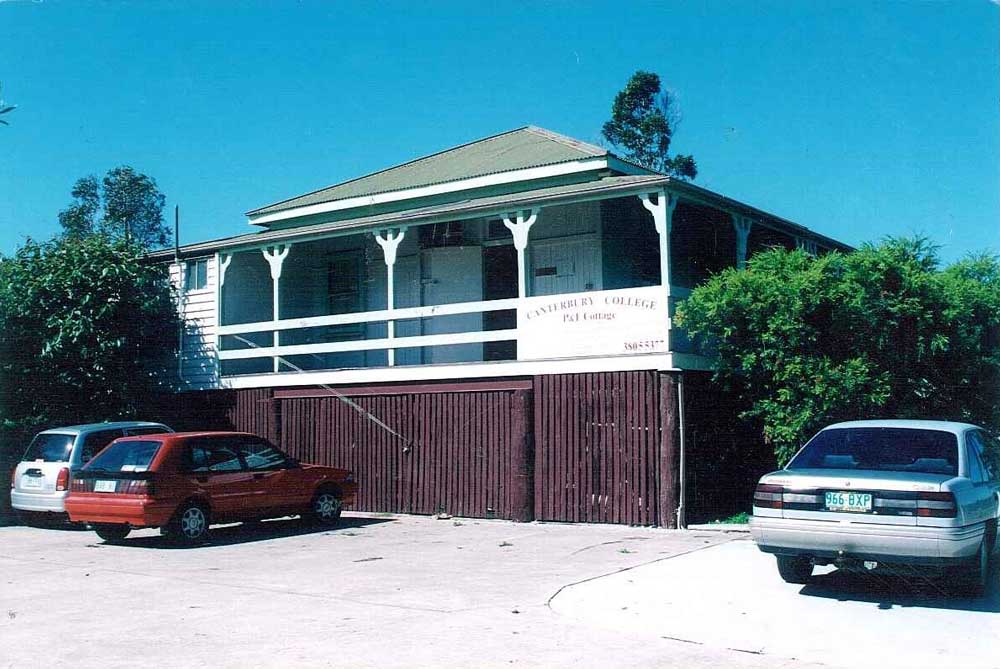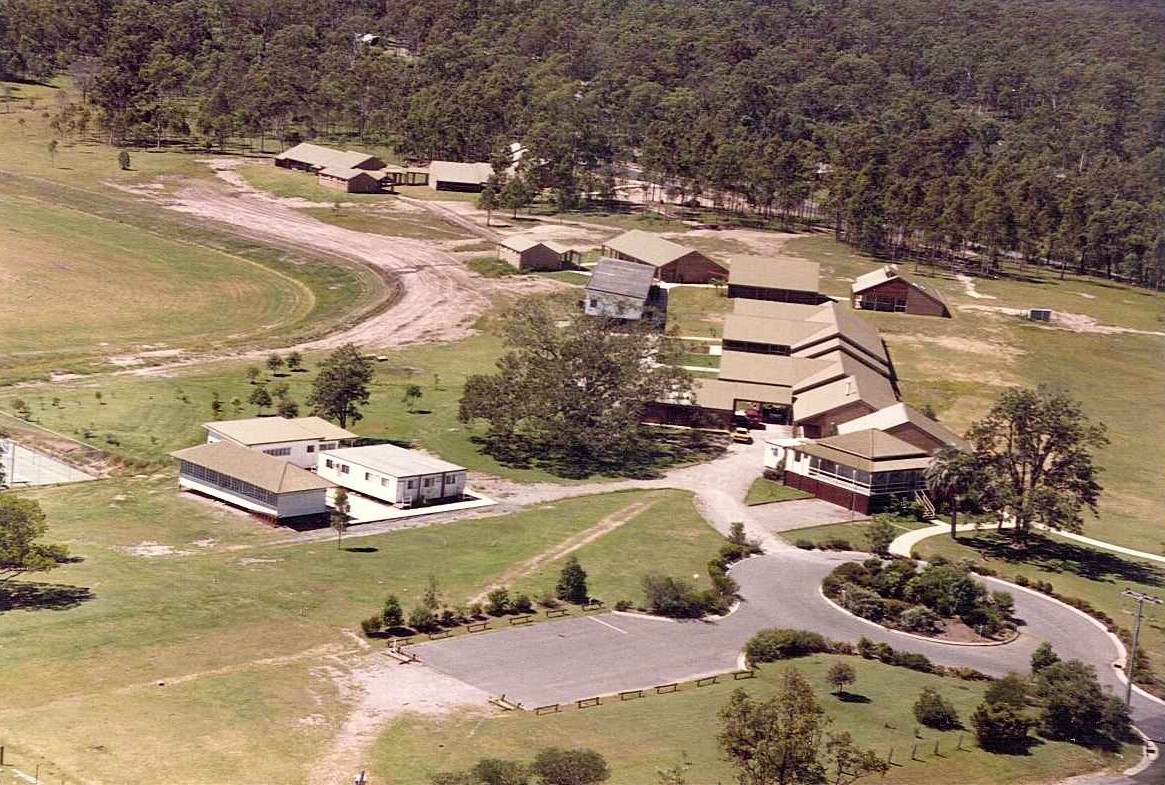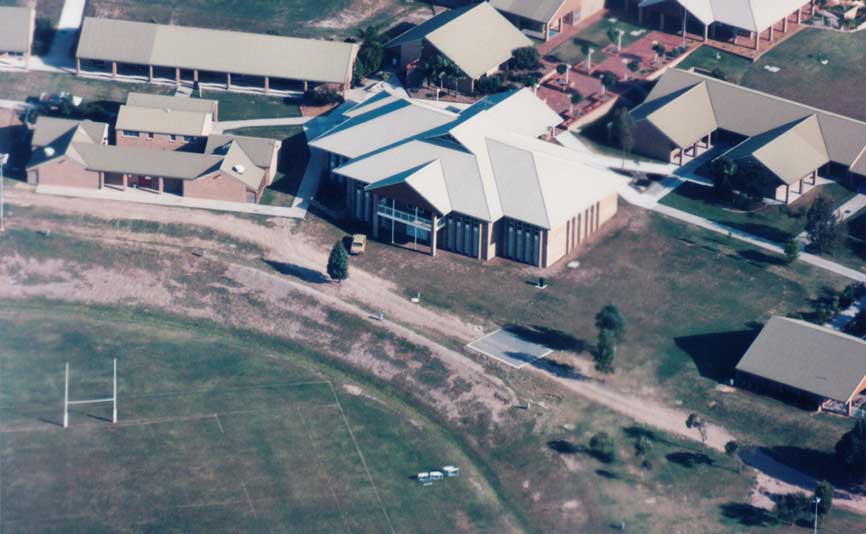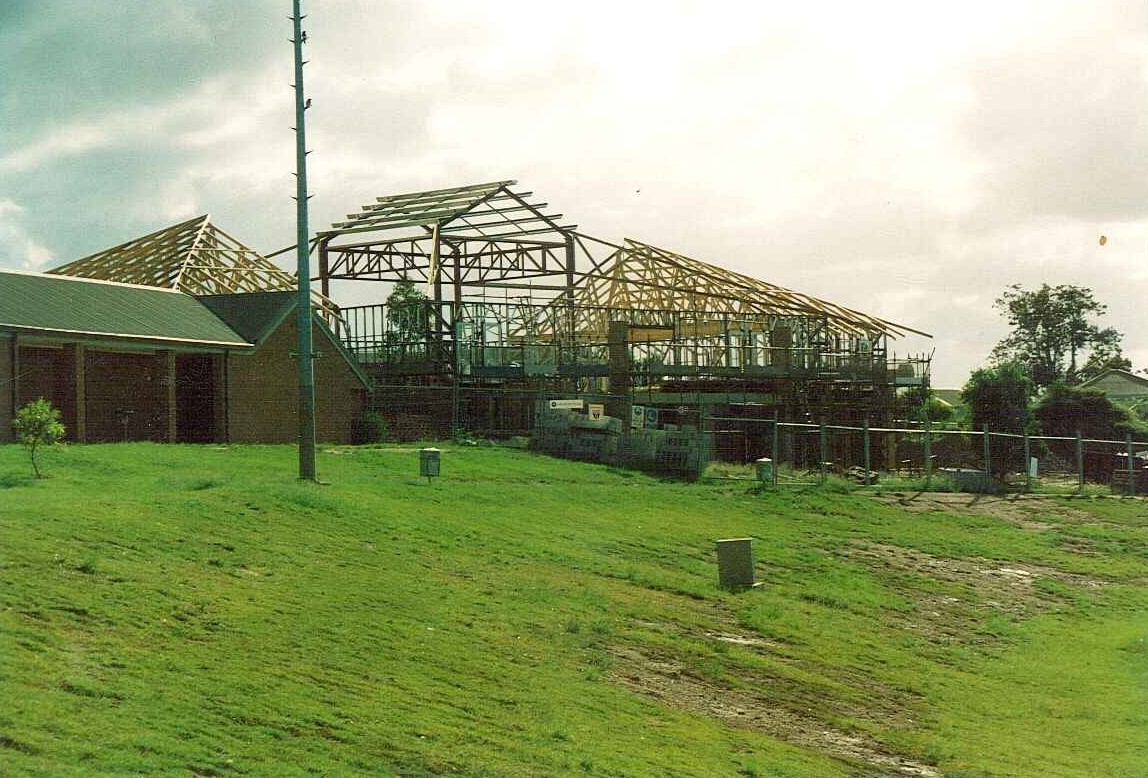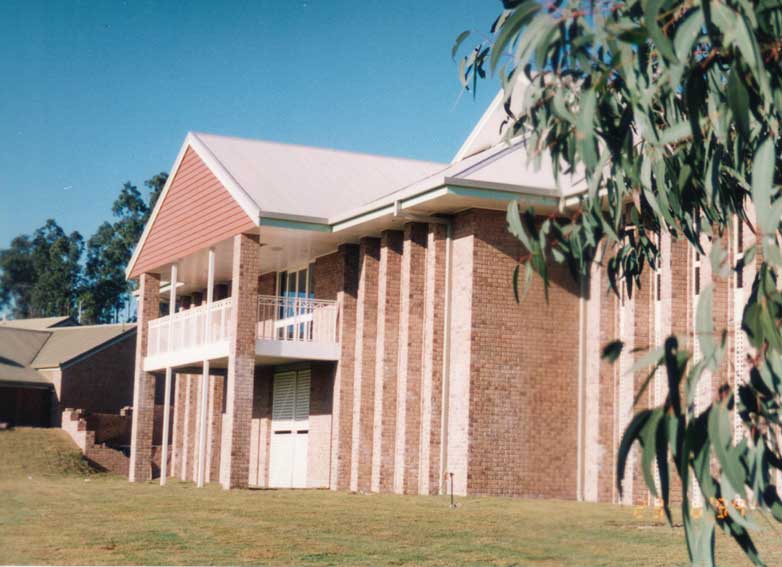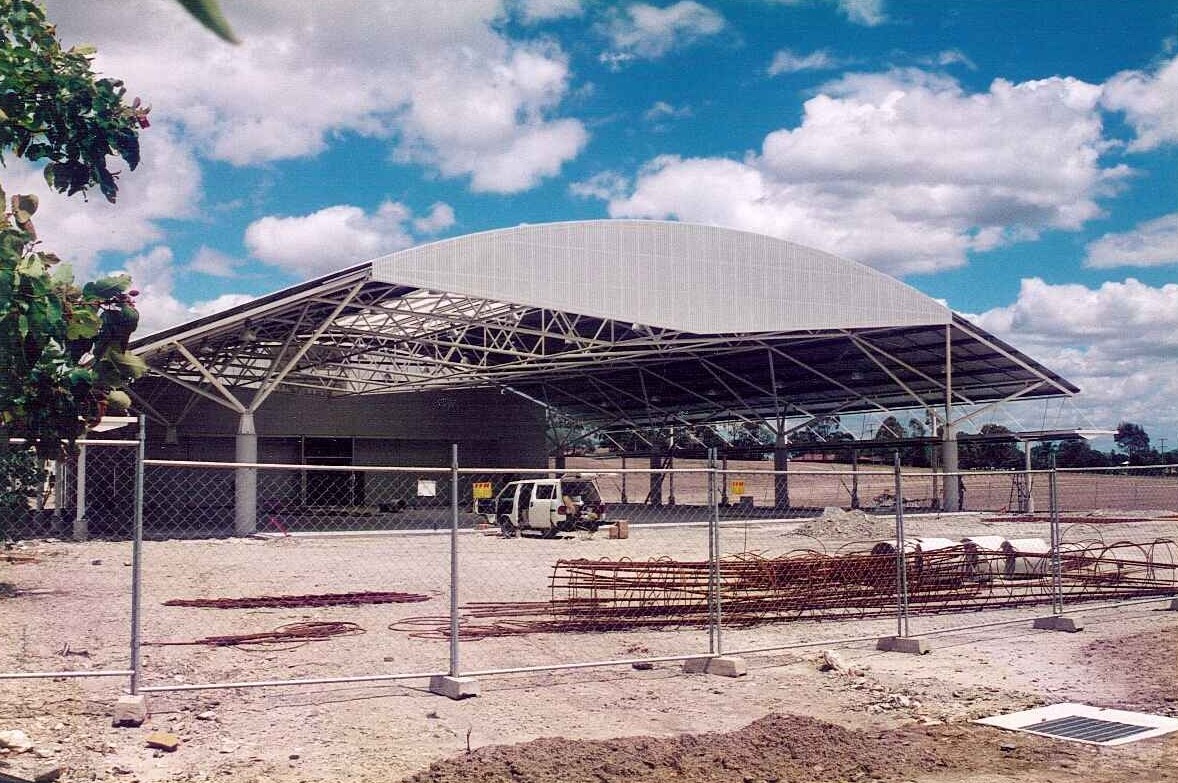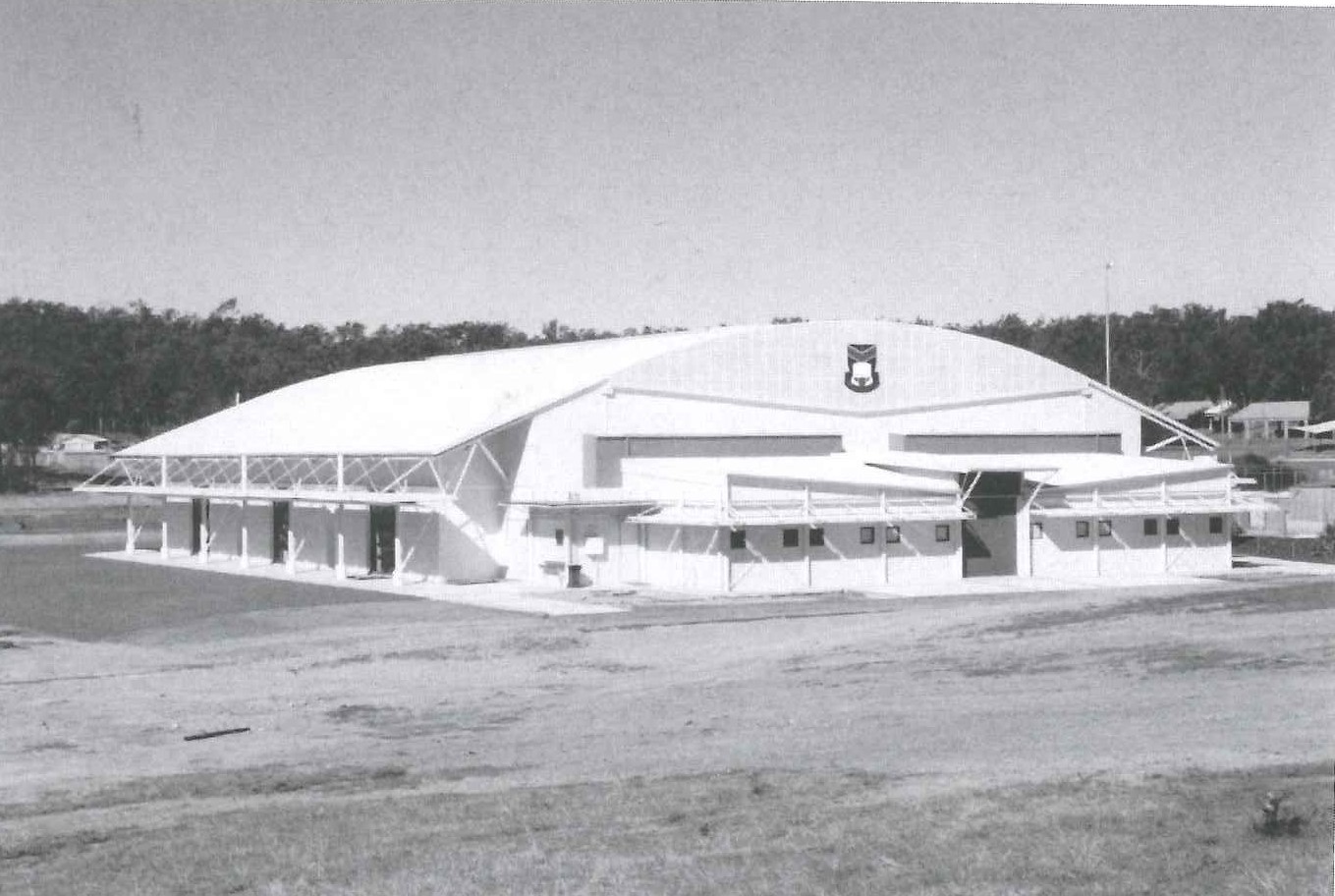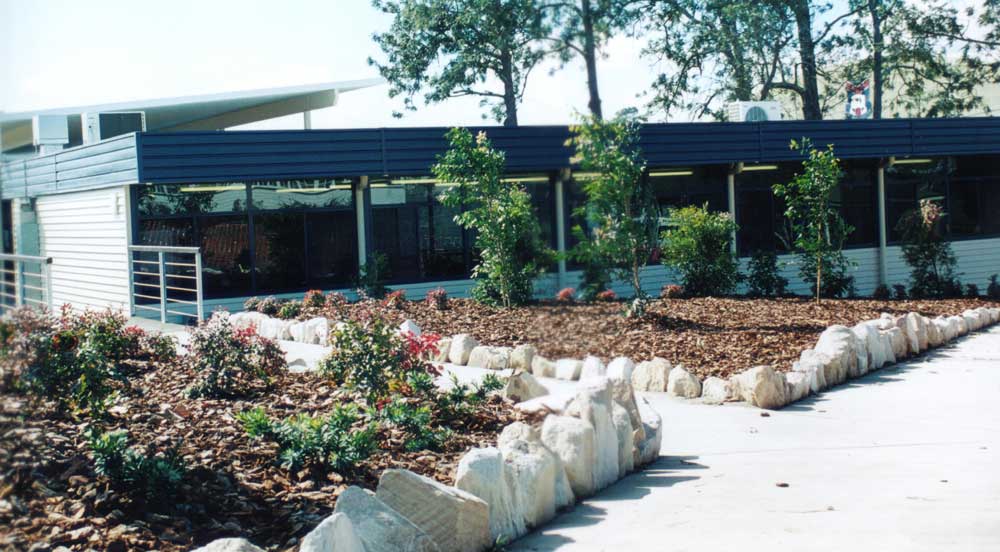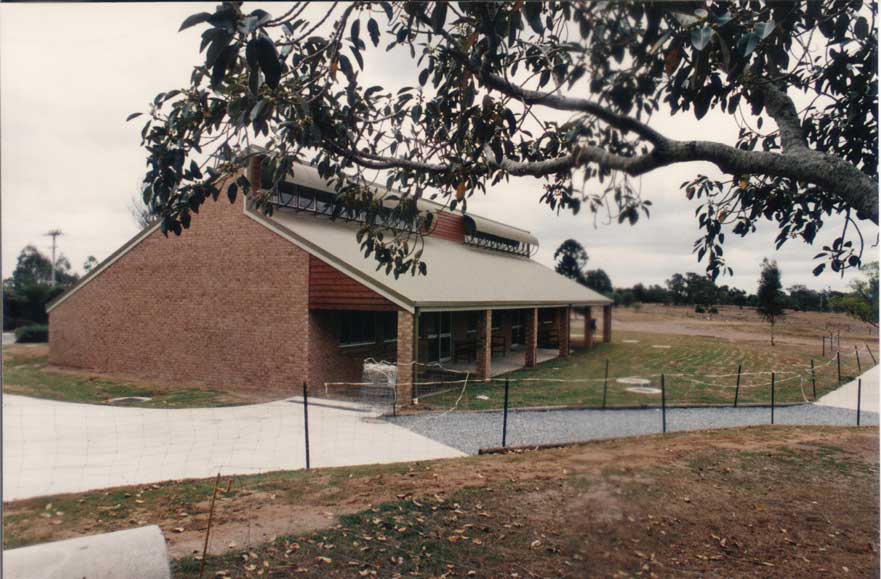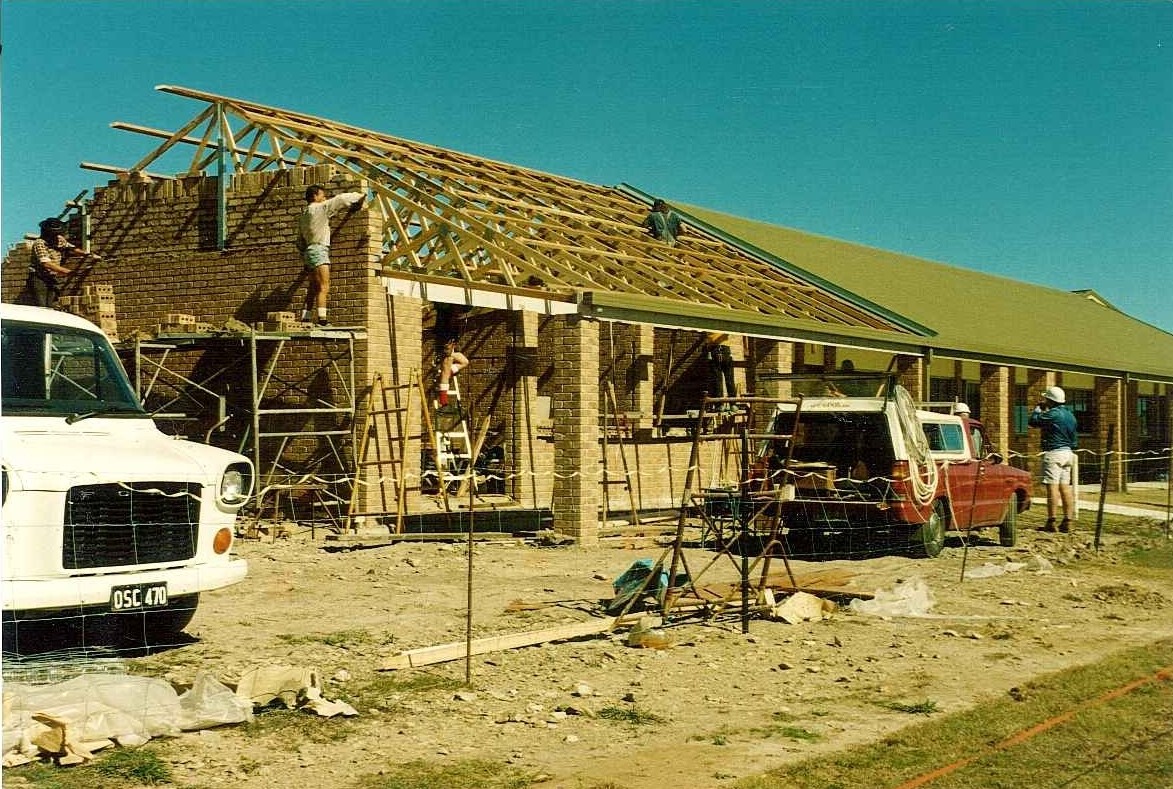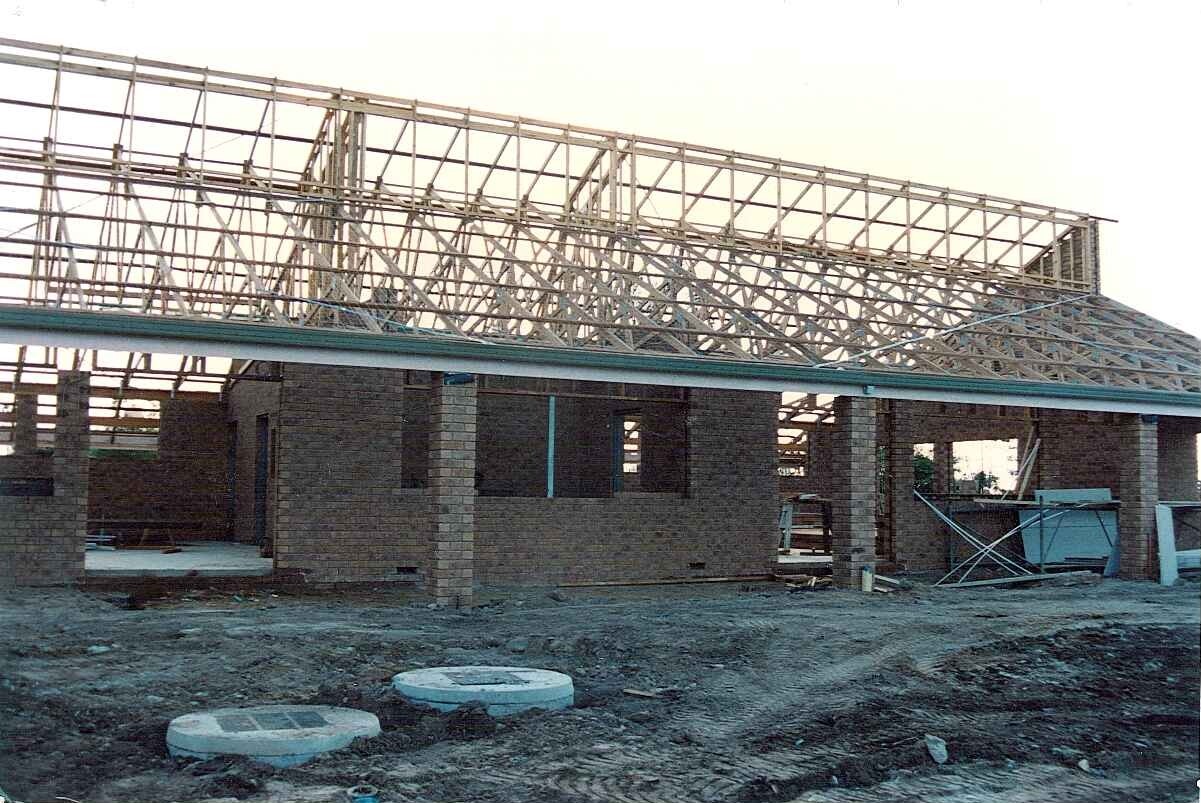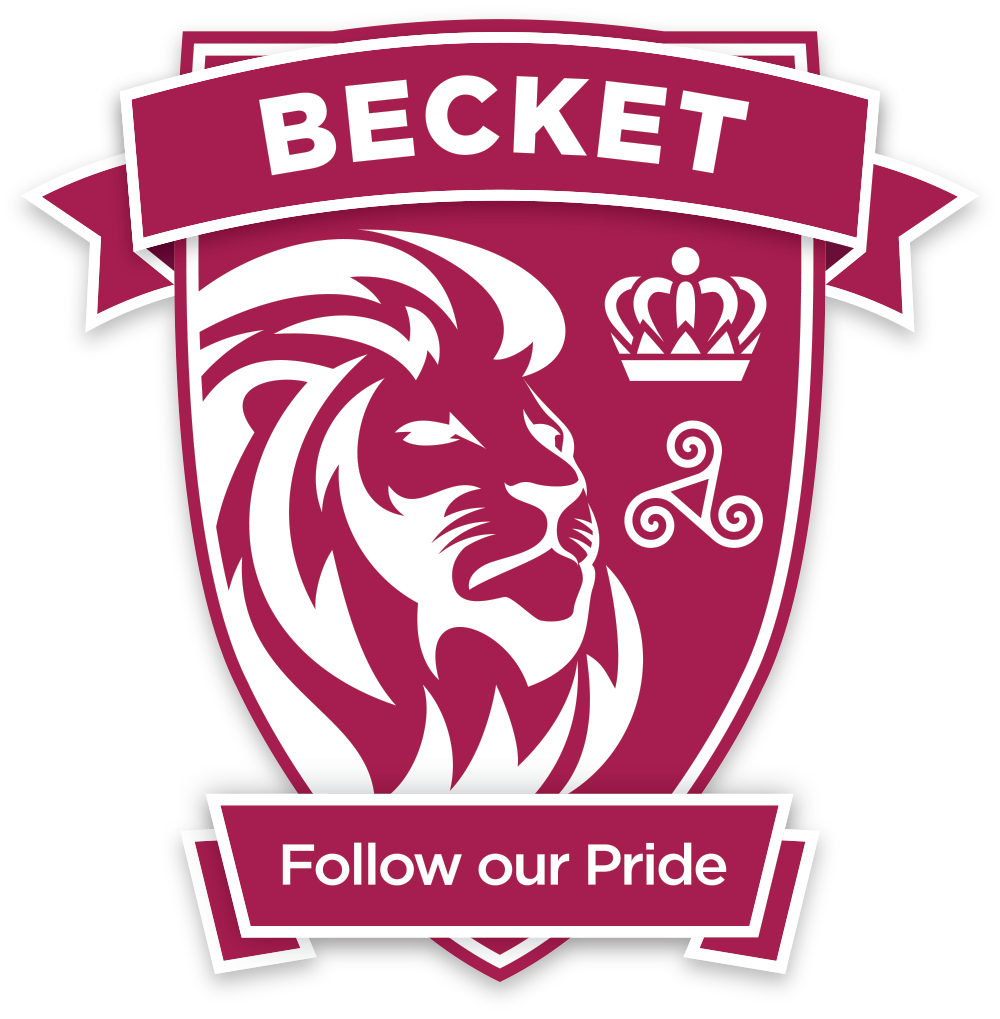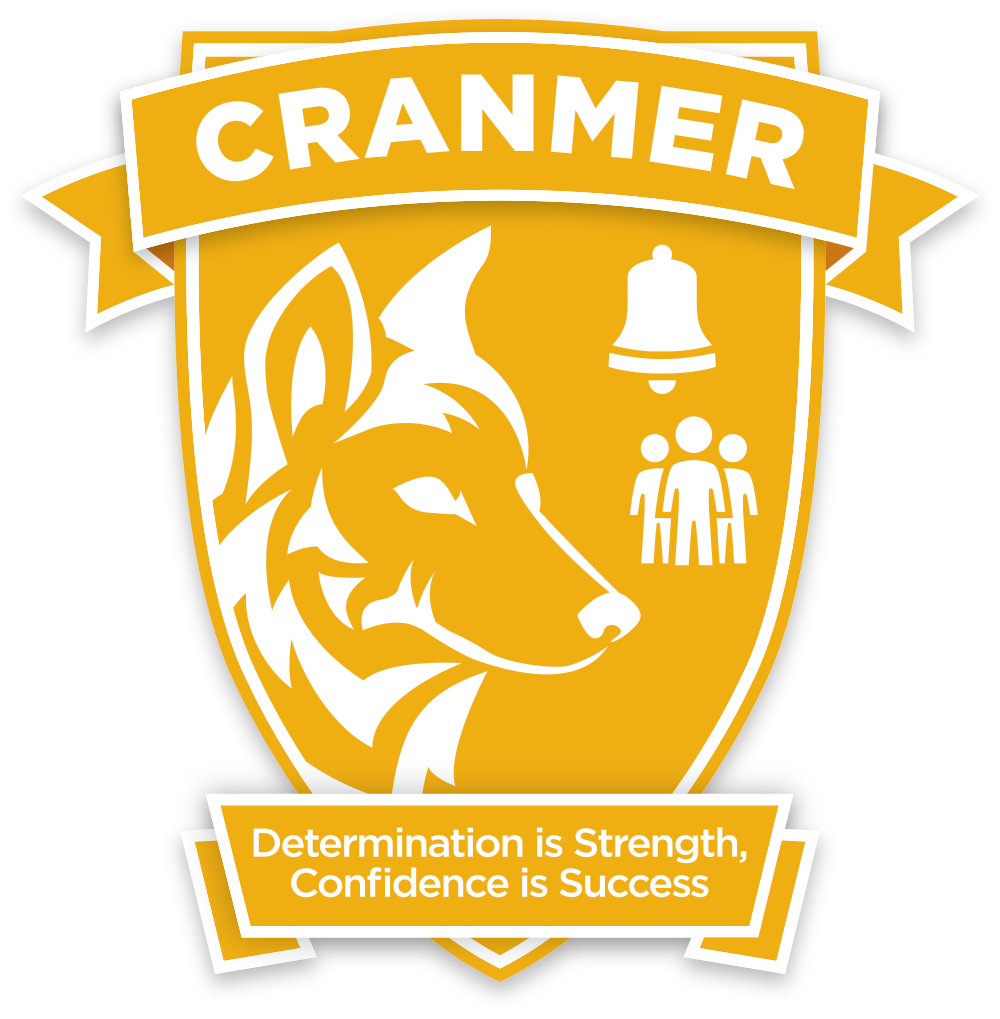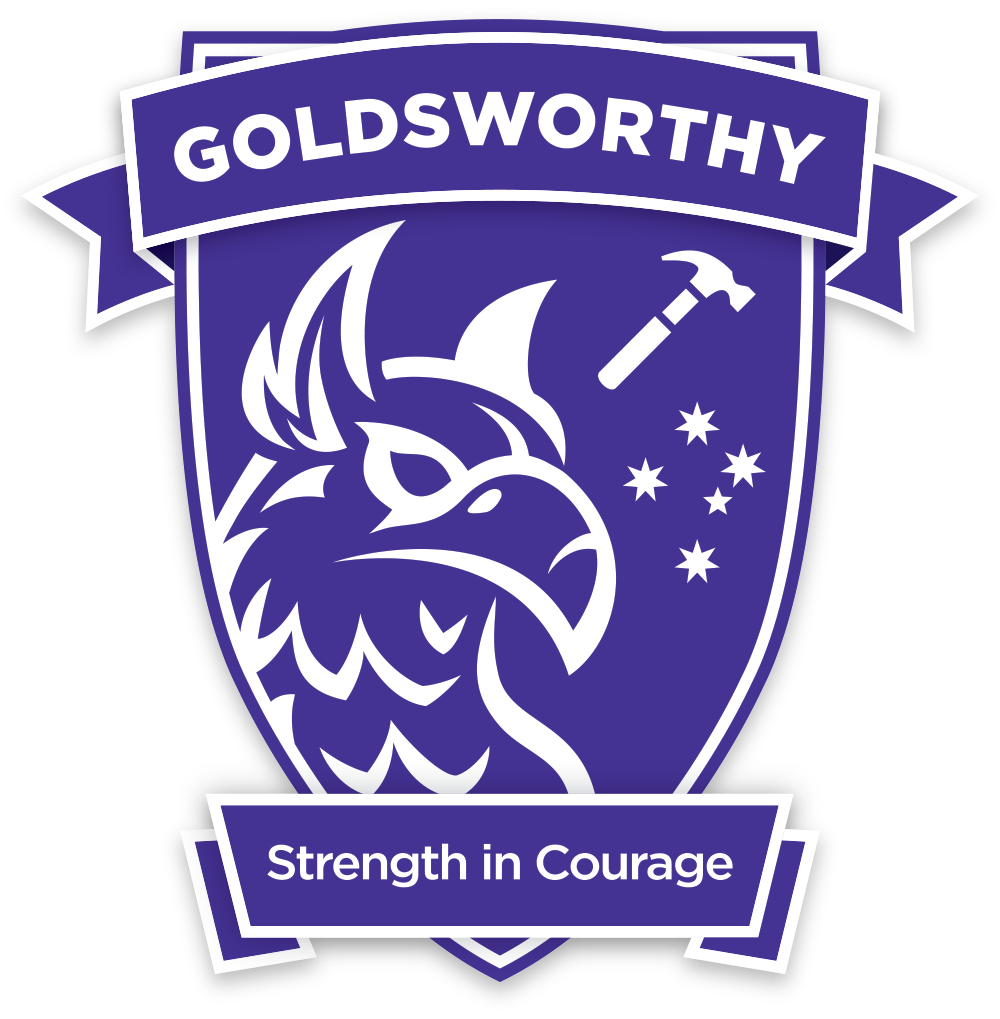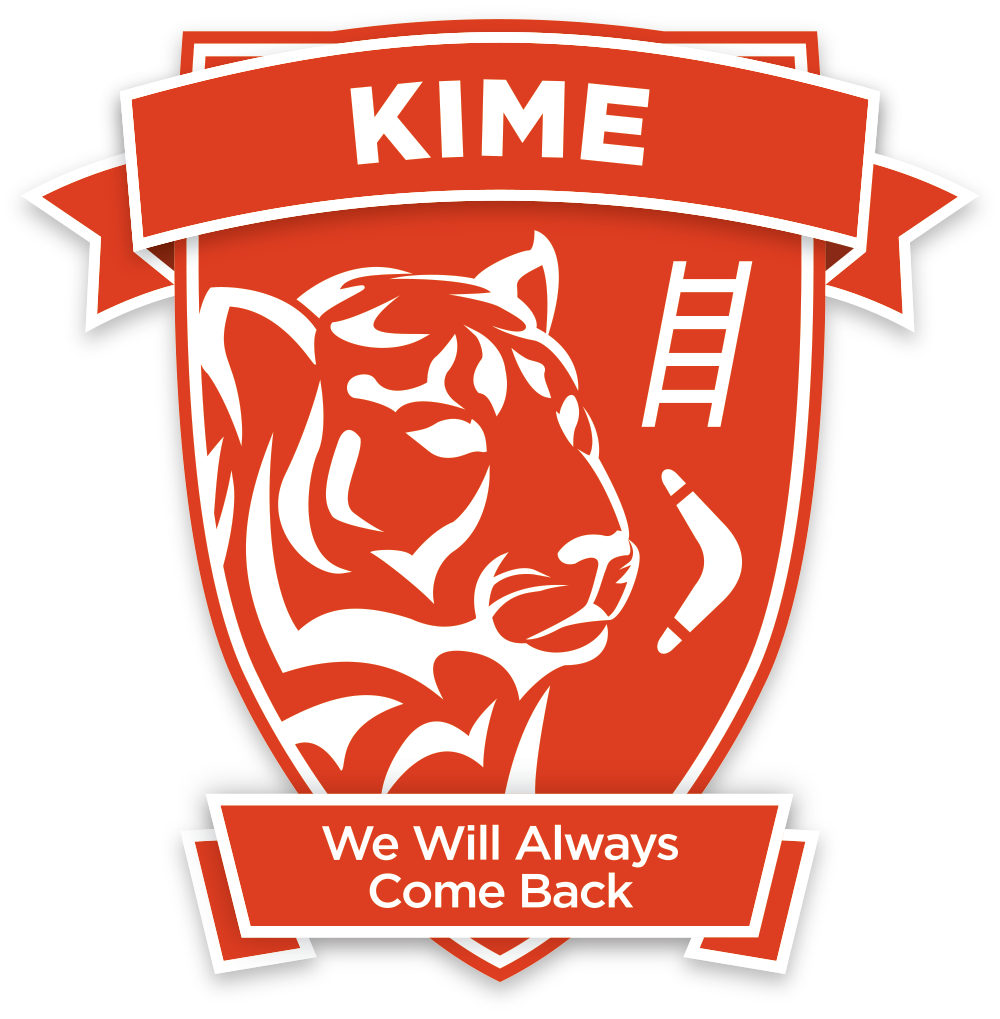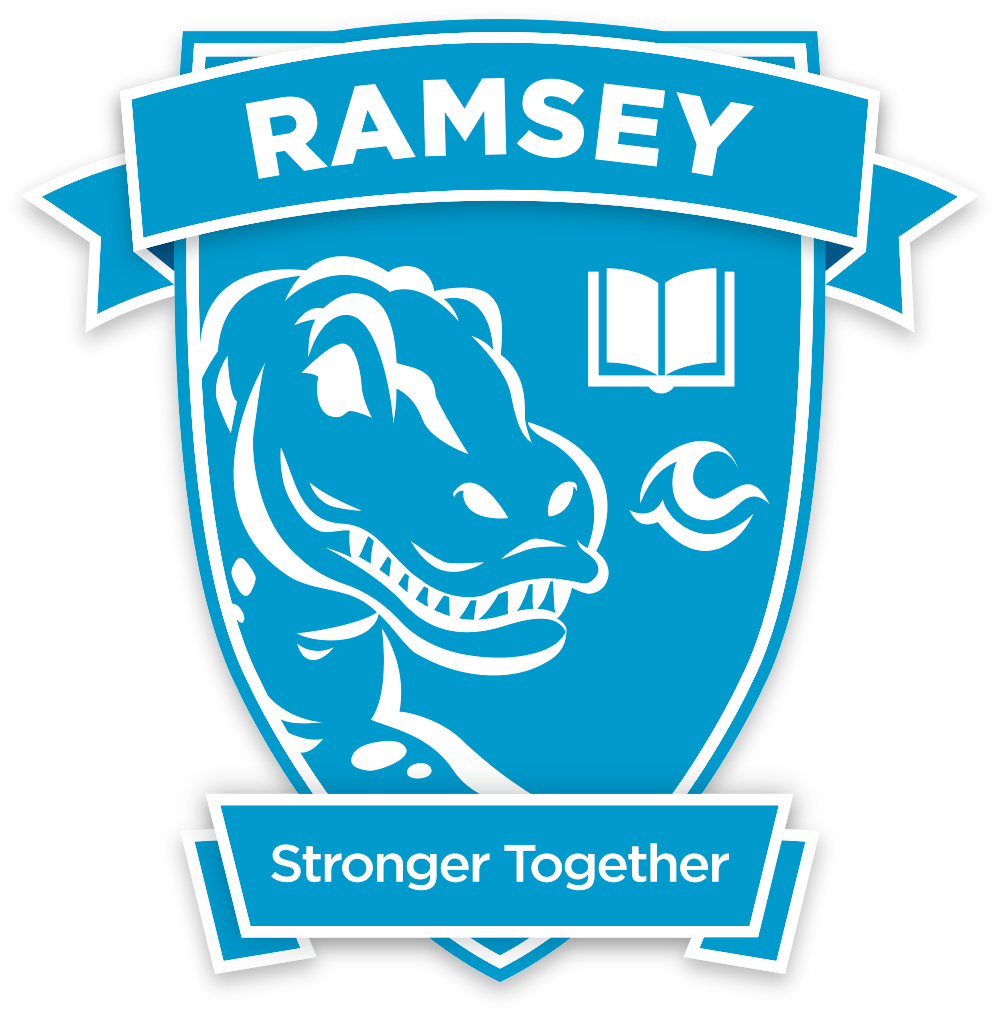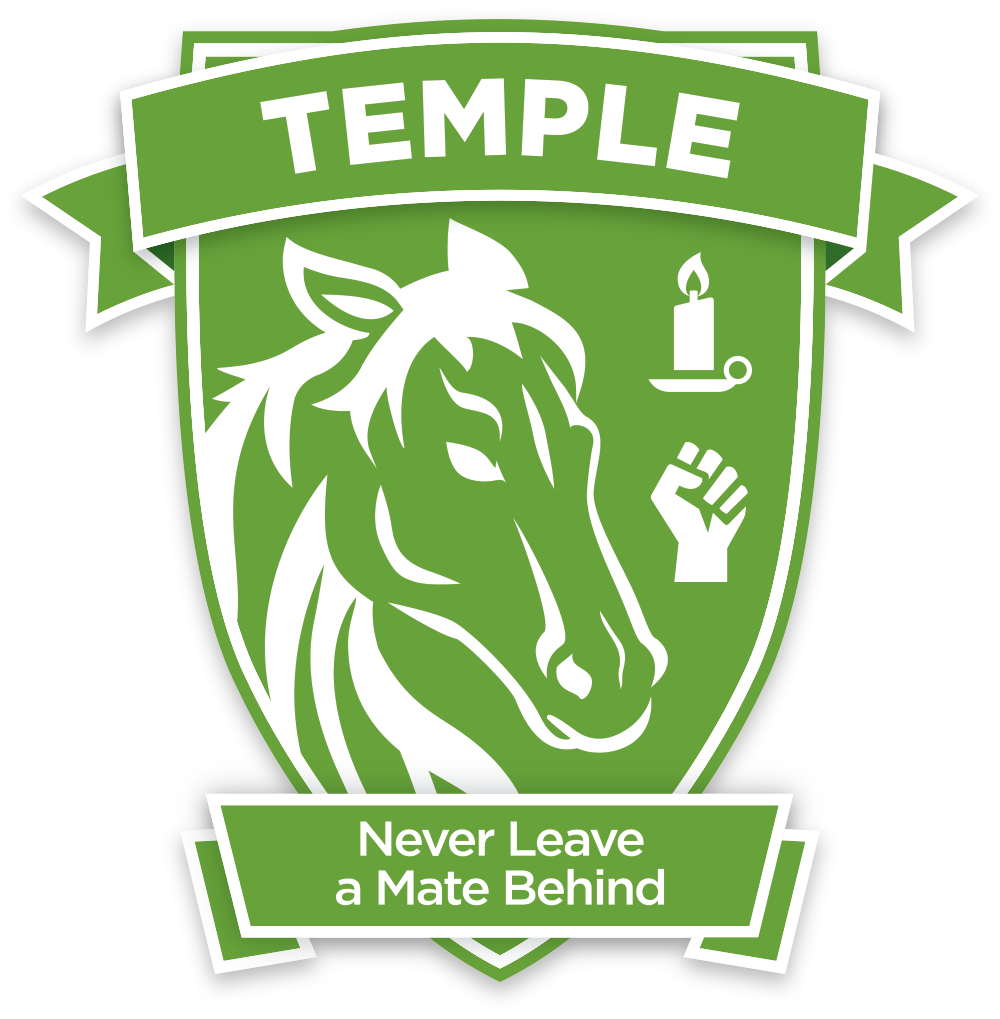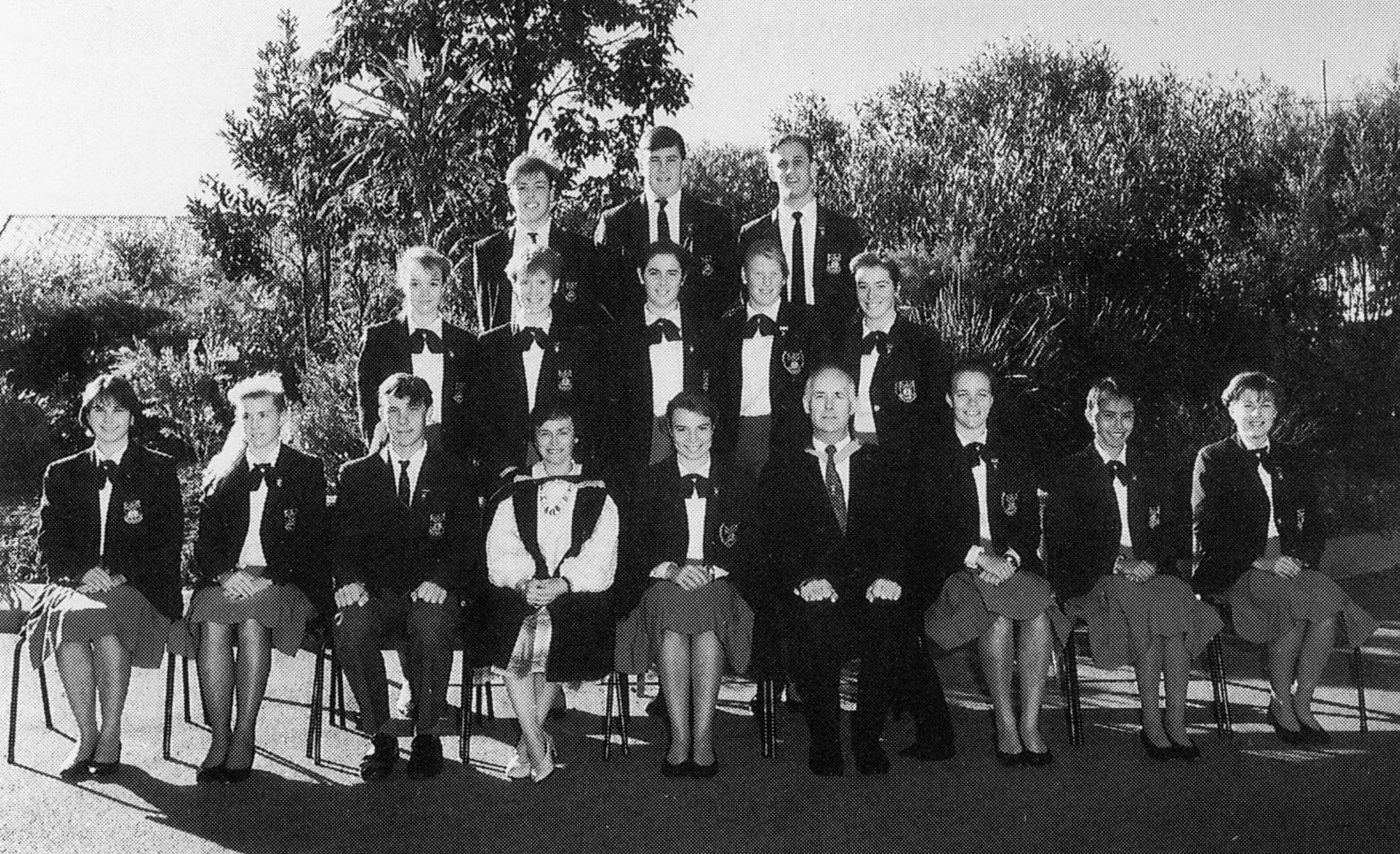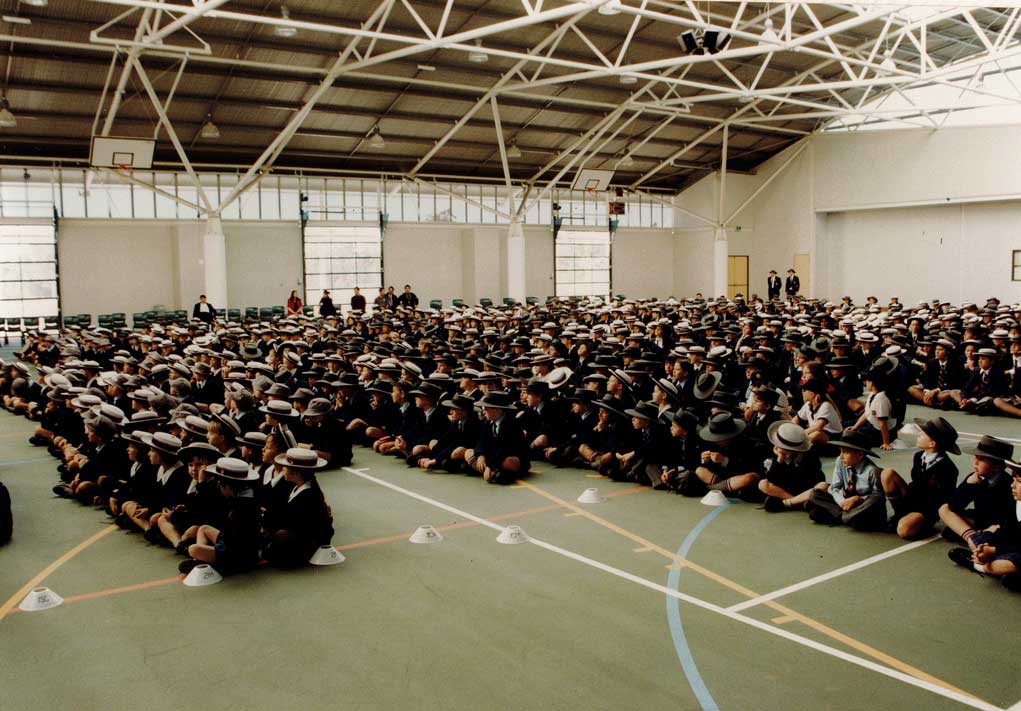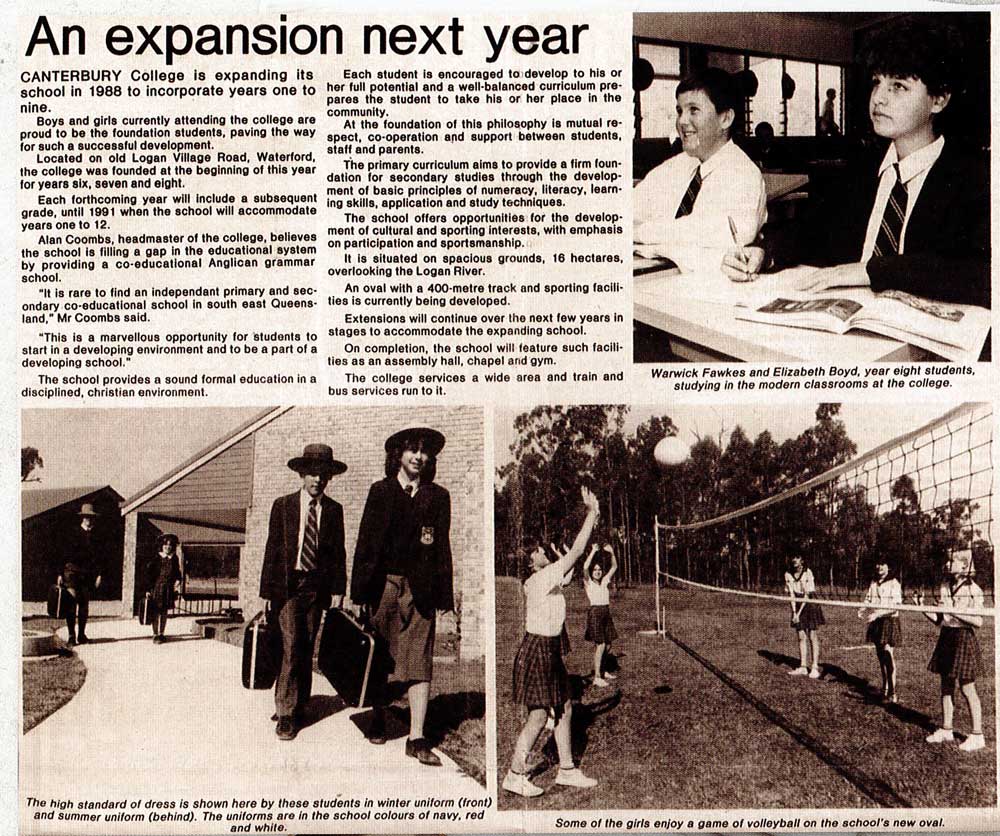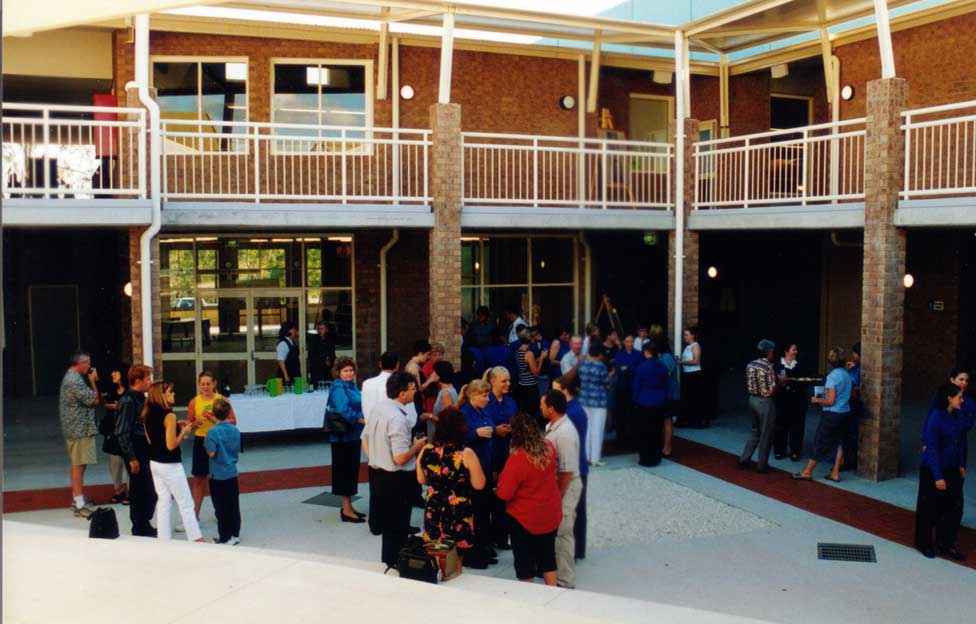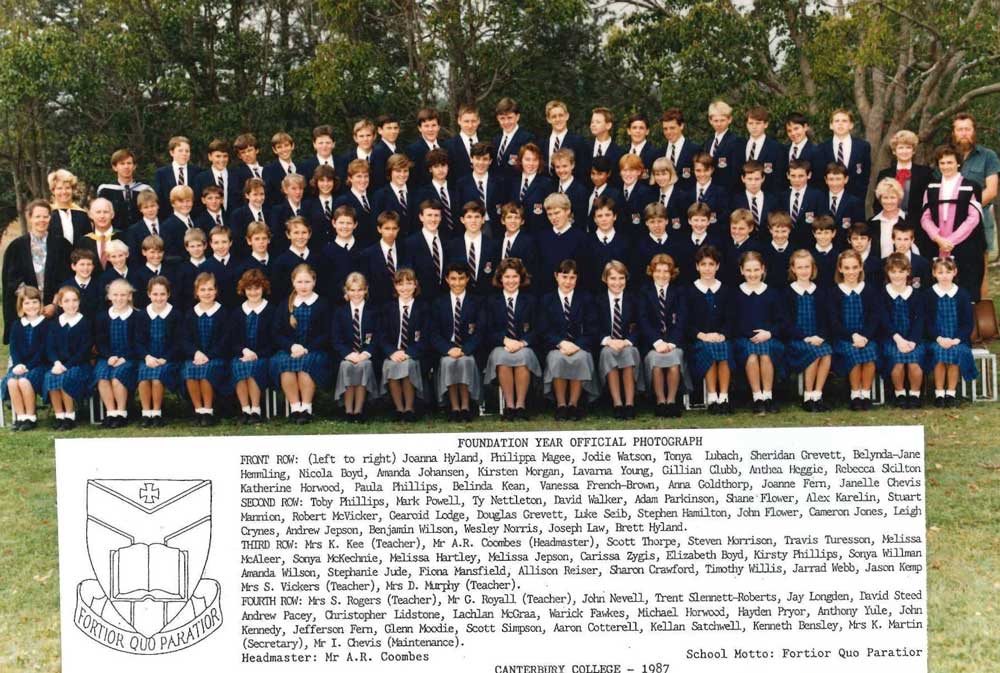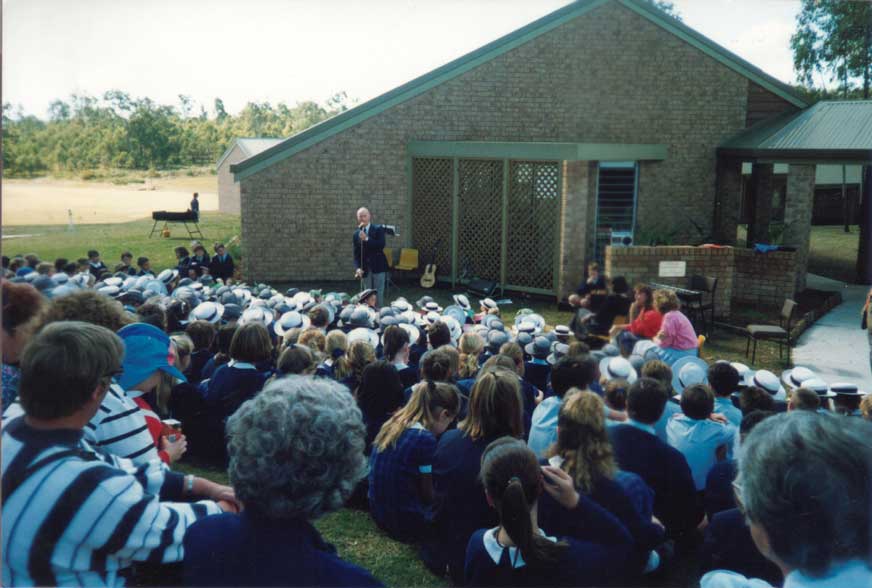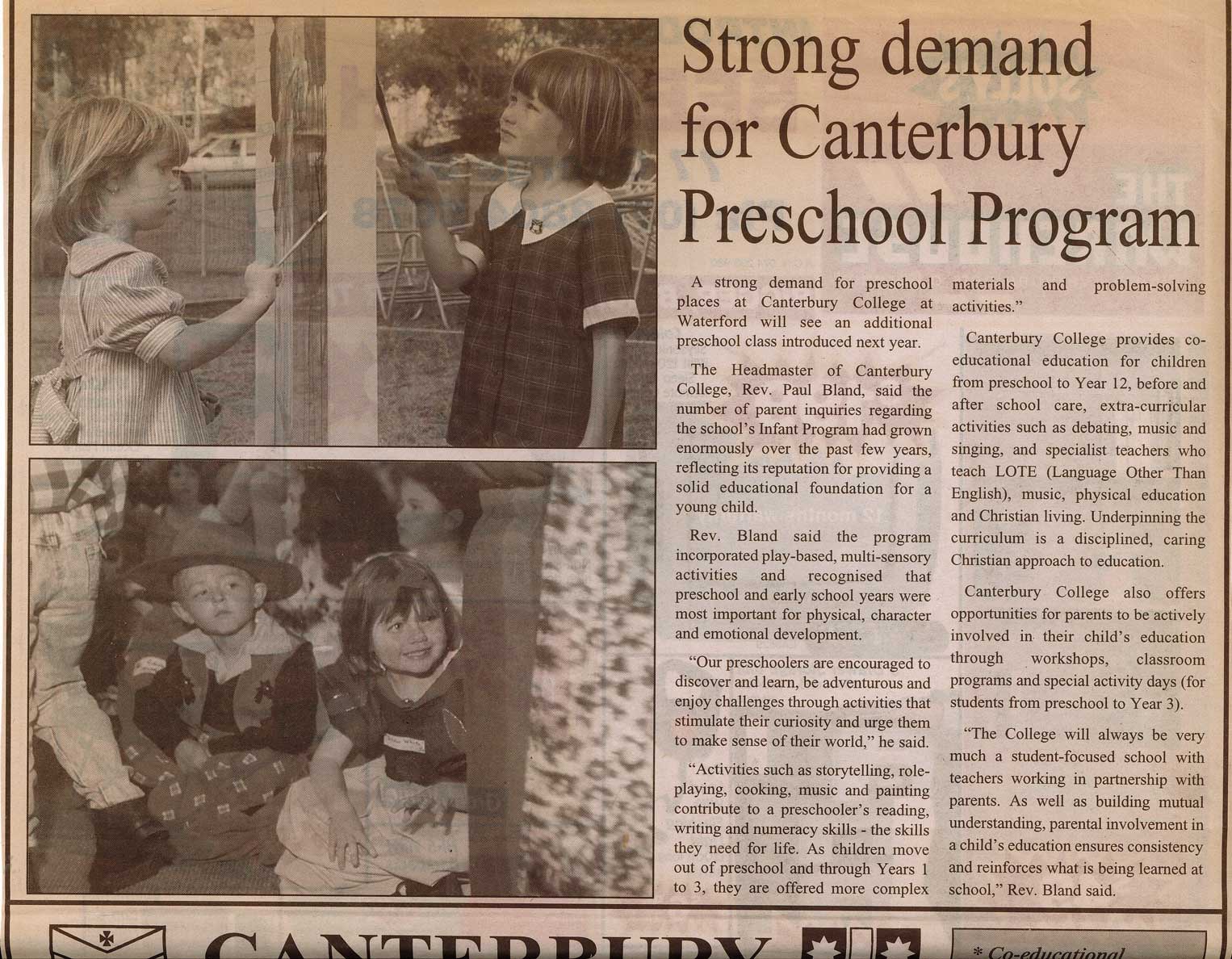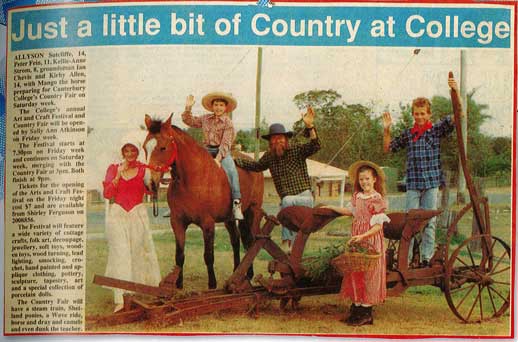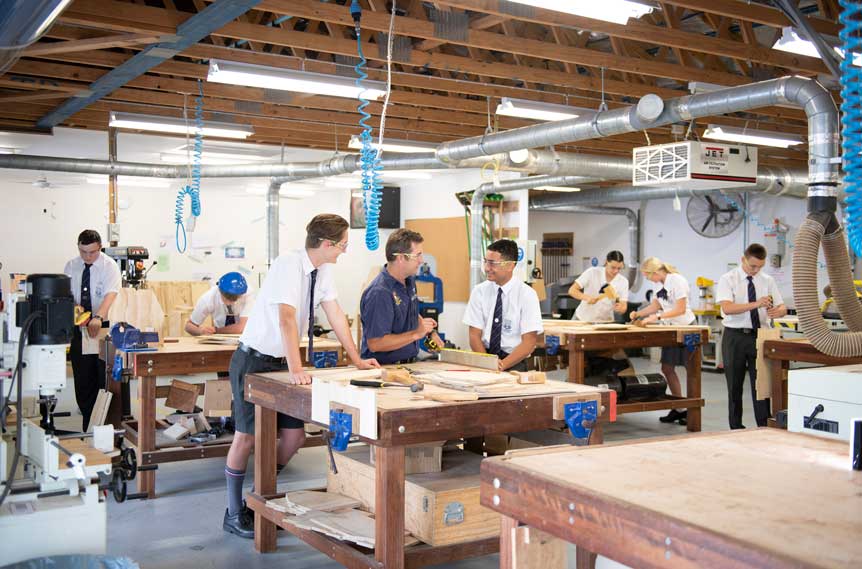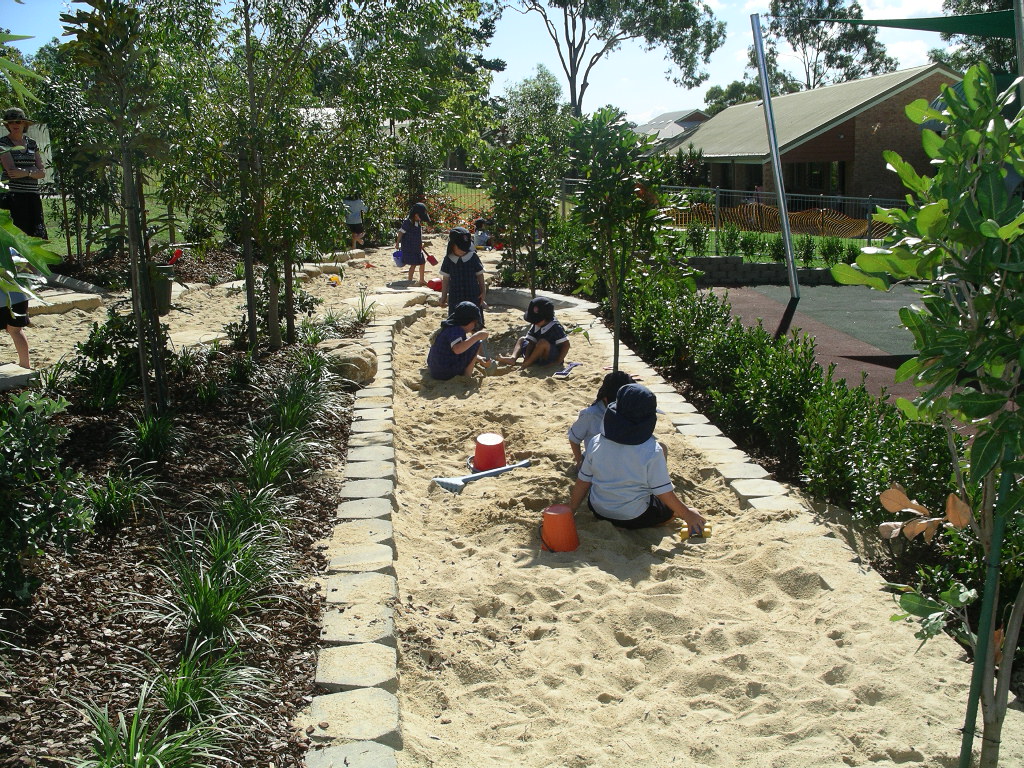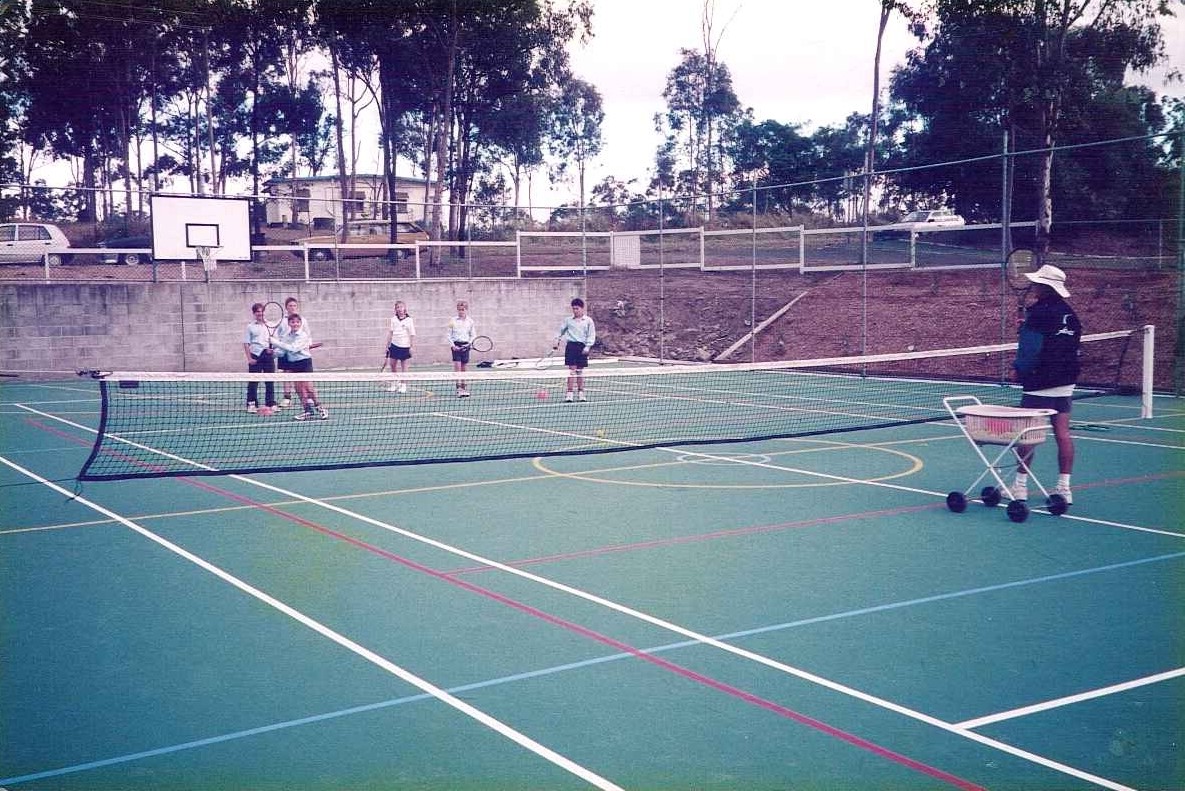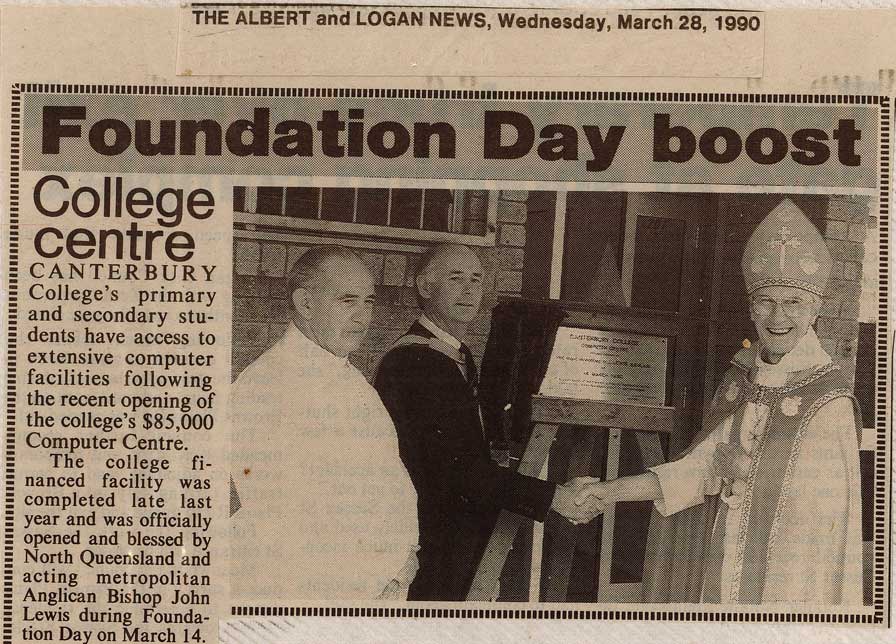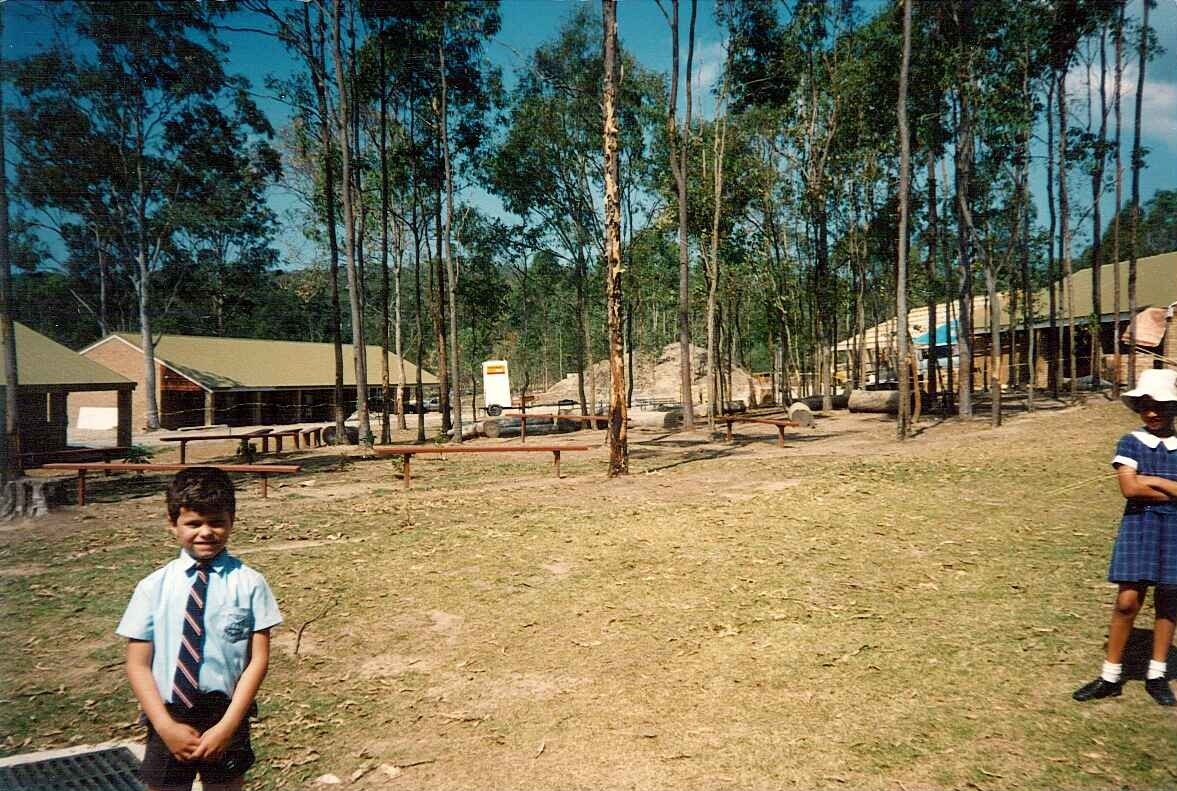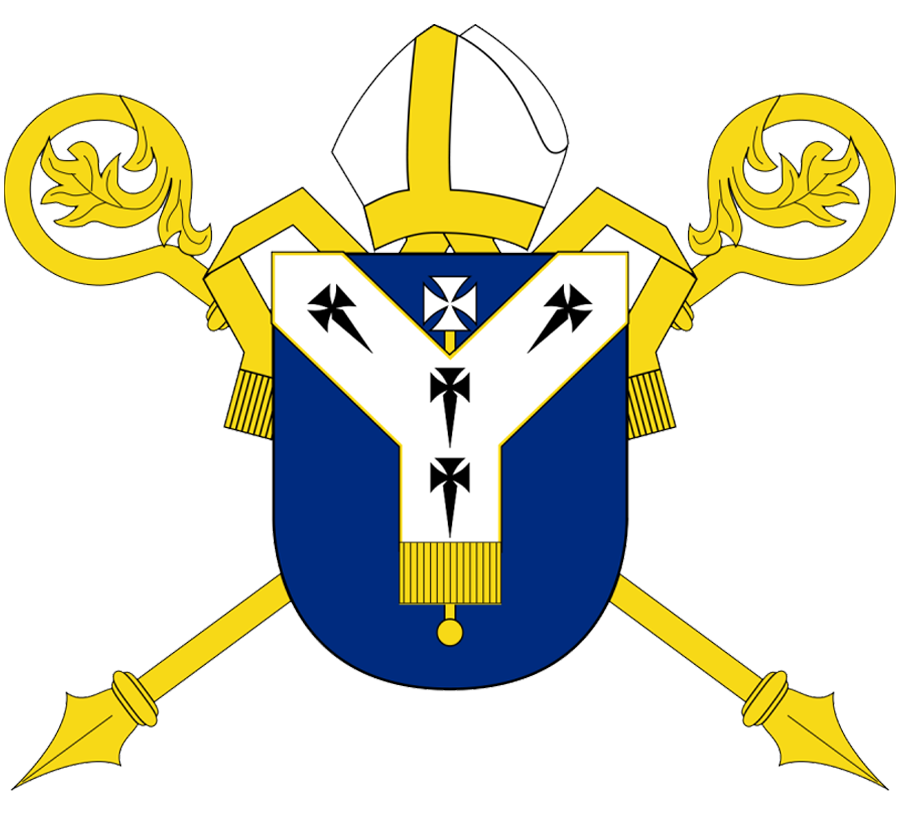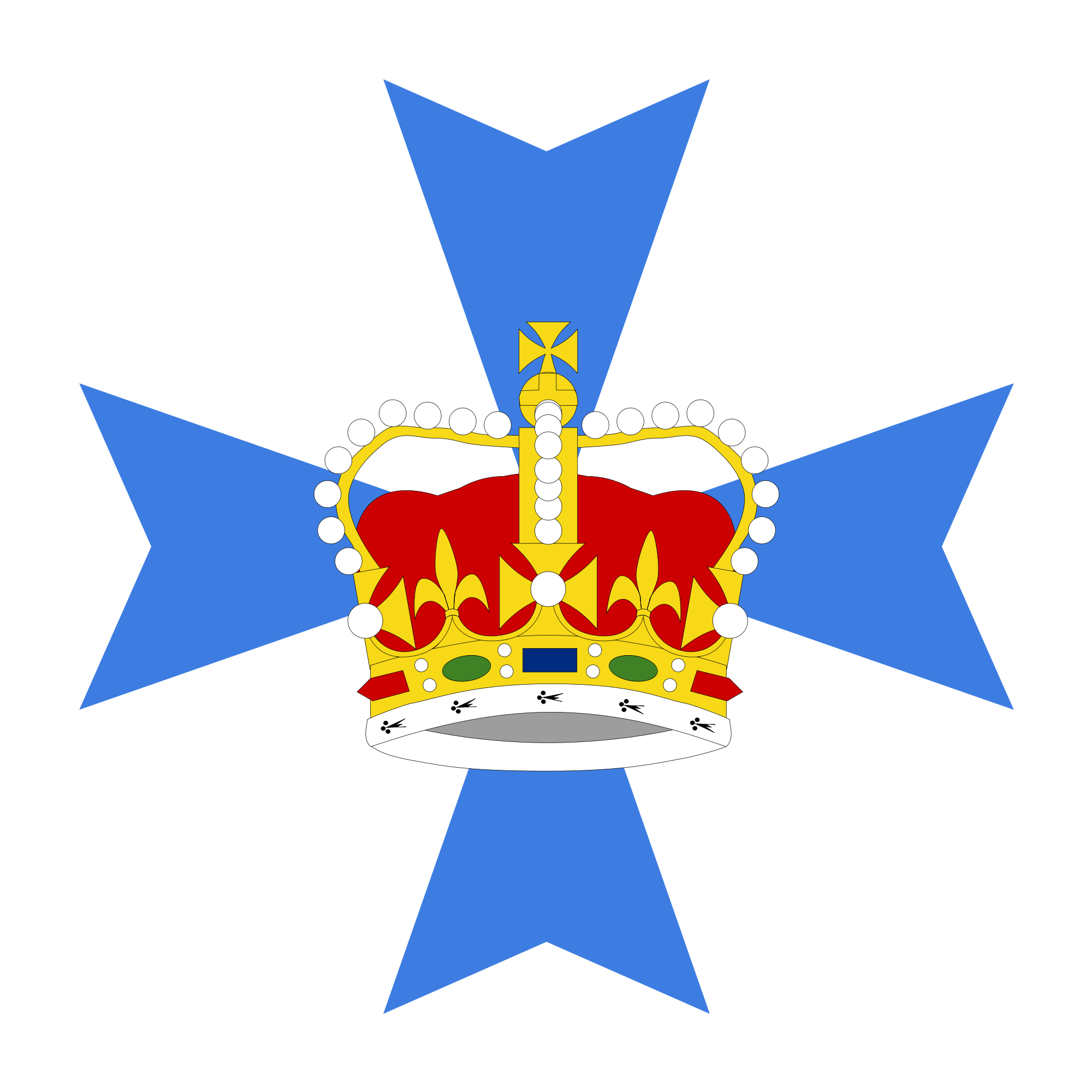History & Traditions
Originally a large dairy farm, Canterbury College sits on 33 hectares of natural bushland, grassed ovals and landscaped grounds in Waterford – located midway between the capital city of Brisbane, and the major beach tourism mecca city of the Gold Coast.
The College was established in 1987 by local Anglican Church parishioners to meet a need in the local education market: a faith-based coeducational Prep to Year 12 school, serving the then Albert and Logan Shires.
Initial staff interviews and enrolment appointments were conducted in the back of Cichero’s Pharmacy in the nearby Beenleigh township, with Reverend Trevor Cichero later becoming the first Chairman of the Canterbury College Board.
The College owes a debt of gratitude to the founding families and staff for their faith and commitment to a fledgling school which had its administration running out of a dispensary back room in its very early days.
The College began teaching on Monday 2 February 1987 and had its official opening ceremony in September that year.
Originally named The College of the Good Shepherd, it began with 73 students across Years 6, 7 and 8.
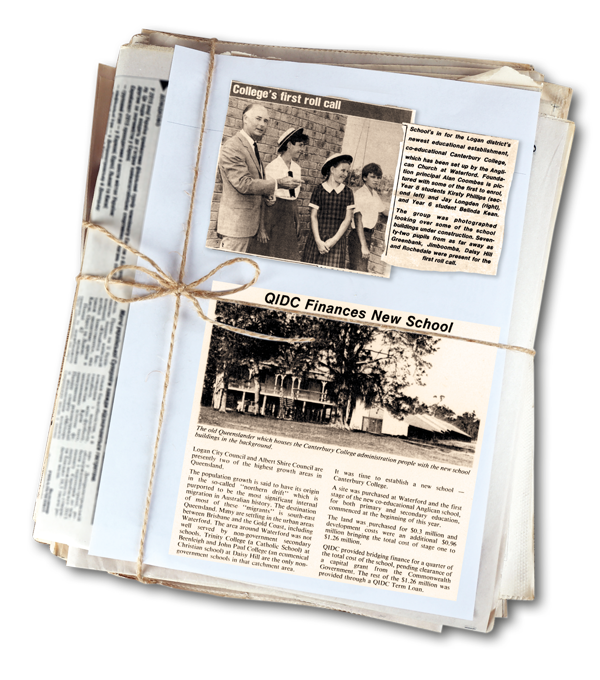
Students were taught by the Head, two full-time teachers and three part-time teachers, inside two ex-mining development recreation huts, until Stage 1 of the permanent buildings were available for use later that year.
Parents, teachers and students worked together on frequent ‘working bee weekends’ to develop the ‘untamed farmland’ and build the school into a place which would provide quality academic, cultural and sporting facilities.
Students were summoned to class with the old dairy farm’s cow bell, a symbolic link to the College’s roots.
In 1994, adjoining land totaling 37 acres was acquired by the Board, taking the College site to 75 acres.
The College also joined seven other Anglican Schools to establish the Queensland Anglican Schools System.
Over the years, the College has expanded its exceptional teaching facilities and campus, including a Trade Training Centre, Kitchen Garden, tertiary-level science labs, libraries, a digital hub, auditorium, recording studio, sports hall, major events centre, international standard athletics track, sporting ovals, adventure playgrounds and two cafes.
A high-performance Aquatic and Tennis Centre recently completed construction, featuring a heated 50m 10 lane pool, dedicated Learn To Swim pool, large grandstand and eight international standard hardcourt tennis courts.
Now under the direction of its fifth Principal across almost 40 years, Canterbury has forged an enviable local reputation for excellence in the academic, vocational, cultural, sporting, spiritual and community service arenas – winning numerous civic, music and sporting awards along the way.
Foundation Day is celebrated in March each year with a traditional whole College service, alumni awards presentation, and the annual Cursus Magnus Relay Race between representatives from each of our six student Houses, staff members and past students, to pay tribute to the past with respect and thankfulness.
There are six Houses at Canterbury College: Becket, Cranmer, Goldsworthy, Kime, Ramsey and Temple.
The original four Houses – Becket, Cranmer, Ramsey and Temple – are named after Archbishops of Canterbury who demonstrated the values upon which Canterbury is based: hard work, quiet determination, courage in the face of adversity, leadership, discipline and devotion.
Joining these in 2020 were two new Houses – Goldsworthy and Kime.
After much discussion, the College decided to honour two women – preferably Australian, who were pioneers within the Anglican Church, and exhibited the same values as the four Archbishops above.
So Kay Goldsworthy AO – Australian Bishop and Perth Archbishop, and Karen Kime – Aboriginal Australian Priest and Archdeacon, were chosen.
Canterbury College’s DNA
We are ‘a big school with a small school feel’ – so despite growing by around 50 new students every year, we retain our small class sizes, a disciplined yet kind environment, and a supportive pastoral care system featuring multiple onsite counsellors and wellbeing programs such as The Resilience Project, Bridge Builders, Campus Connections and The Gratitude Project.
Our staff get to know the children and parents by name and what’s important to them, and how we can help.
At Canterbury we focus on the whole child – their academic, sporting, creative and social-emotional sides, and their spiritual development.
That’s why we are often dubbed Queensland’s ‘All Rounder’ School.
Naturally, academic achievement is the top priority, but our students must also participate in a set number of sport, music and co-curricular ‘thought sports’ activities (chess, debating, public speaking, eSports, robotics, entrepreneurship etc) each year, as a signed condition of their enrolment.
That is alongside a mandatory annual Outdoor Education Camp from Years 3-11, regular Chapel Services, undertaking the Religious and Values Education (RaVE) course, and fully participating in ALL House events to the best of their ability – House Maths Teams Challenge; House Choir Competition; House Swimming, Cross Country and Athletics Carnivals; House Relay Race; House Spirit Breakfasts; House Charity Events and more.
These are not optional extras – they are part of what makes Canterbury, ‘Canterbury’.
Furthermore, we keep finding that busy and engaged students are happier students, who assimilate to school life faster, make friends with peers more easily, perform better academically, and actually want to come to school.
The Canterbury Crest
The Canterbury Crest is derived from the Crest of the See of Canterbury, which features the small pall or ‘Y’ shape – representing the Archbishop’s pallium – as the central feature of the crest.
The cross at the top of the crest has a two-fold purpose.
Firstly, it represents the Christian faith of Canterbury, and because it is a Maltese Cross, it also represents our State of Queensland which features this cross on its flag.
The book in the centre of the crest both symbolises the Holy Bible – a central part of our Christian faith and an essential element of our school – and represents the search for knowledge by Canterbury’s students and staff.
The three arms of the pall that link together in the middle represent the linking of parents/carers, staff and students to create our whole Canterbury Community.
